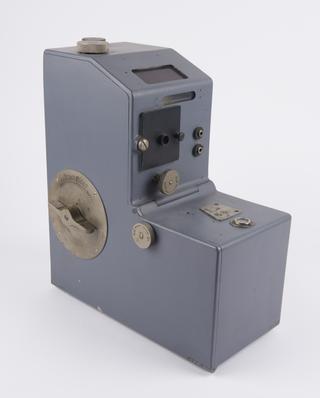
Strong motion seismograph
1971-1980

1971-1980

1921

1930-1935

1930-1935

1960

1930-1935

1930-1935

1885
1933-1936
1902
1907
1914
1930-1935
1930-1935
1930-1935
1930-1935
1930-1935
1930-1935
1930-1935
1880
1912
1898
1898
1928
1908
1909
circa 1925
1930-1935
1886
1937-1938
1930-1935
1930-1935
1930-1935
1930-1935
1930-1935